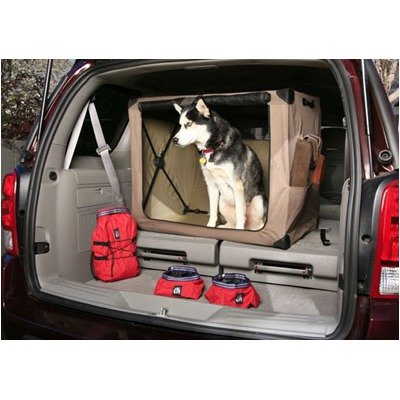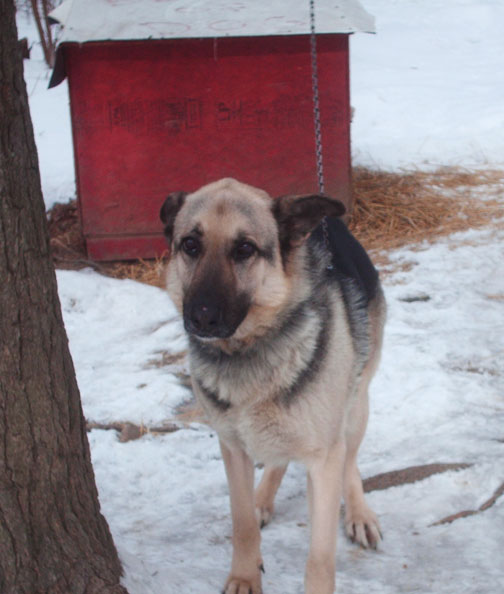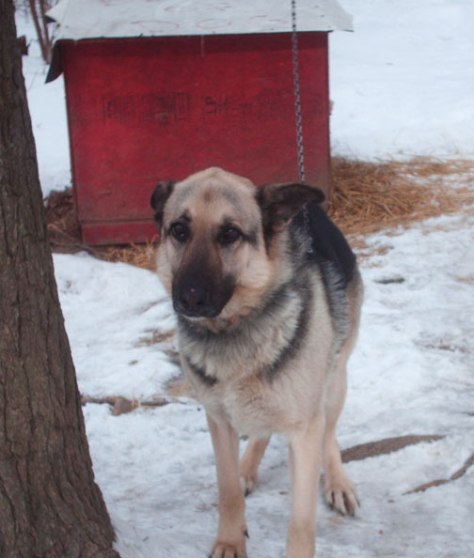by Diane Burket
I found this great post about Animal Cruelty and though I’d share it with you. It’s critical that you shed light on this horrific crime. Please—make calls, intervene, send letters….DO SOMETHING!
Be the voice for the abused.
“This message brought to you by Pets for Patriots, a 501(c)(3) charity connecting last-chance shelter pets with service and veteran members of the United States military.”
To learn more about us, visit www.PetsForPatriots.org
Learn the 11 signs of animal cruelty
& how you can help animals in need
1. POOR BODY CONDITION OR VISIBLE TRAUMA
Signs include severe fur matting, filthy coat, open soars or obvious wounds. May be flea/tick infested. Underweight with visible bones. May be limping or unable to walk normally, or have congested eyes or ears. In obvious physical distress, in need of veterinary care.
2. LACK OF FOOD OR WATER
The animal has no obvious sources of food/water. It may be aggressive due to starvation/thirst, and perhaps lethargic as well.
3. LACK OF ADEQUATE SHELTER
Animal is contained in an area fully exposed to inclement weather or constant sun, or is in an unattended vehicle during warm or hot weather. In less than 10 minutes a vehicle’s internal temperature can cause heat stroke, permanent nerve/organ damage or death in dogs.
4. LACK OF SANITATION
Feces/debris covers the animal’s living area.
5. ABANDONED
Animal is left in a house or yard that appears empty. Be extra vigilant if a neighbor has moved or stopped visiting a residence where you know animals live. A dog howling or barking for several hours is sending a signal it needs immediate, life-saving care.
6. ANIMAL IS CAGED OR TIED
It has little room to move, and/or is unable to stand or turn.
7. CHAINS OR PADLOCKS AROUND OR EMBEDDED INTO THE ANIMAL’S NECK
This includes regular collars as well; a chained animal is an abused animal.
8. EVIDENCE OF BEING TRAINED FOR OR HAVING BEEN USED TO FIGHT
You may see training implements, such as treadmills or spring poles. More likely you’ll notice obvious signs of trauma, such as scars, open wounds, infections, even missing body parts, such as ears, eyes, partial tails.
9. ABNORMAL BEHAVIOR
Animal may be very aggressive or severely shy, e.g., cowering, hiding, fear-biting, even with or especially with its owner.
10. TOO MANY ANIMALS ON ONE PROPERTY
This can be a sign of animal hoarding; note the condition of the animals on the property.
11. OWNER IS OBSERVED COMMITTING VIOLENCE AGAINST THE ANIMAL
Person is witnessed striking, kicking or otherwise physically abusing the animal.
THE WORST THING YOU CAN DO IF YOU WITNESS OR SUSPECT ANIMAL CRUELTY IS NOTHING!
ACTION PLAN…WHAT TO DO
1. BE PREPARED: Program the number for your local animal control, or animals shelter’s cruelty reporting line into your phone.
2. SPEAK UP/CALL 911: If you witness or suspect overt violence against an animal, say something! Call your local animal control (step#1) or 911 immediately. Violence against animals is often a predictor of violence against people.
3. DOCUMENT: Describe as many details of the situation to responding police or animal control, including date, time, location, number/type of animals involved, names of other witnesses. Take pictures/video with your mobile phone and remain on scene til law enforcement arrives only if you can do so safely.
4. PREPARE TO TESTIFY: A human witness is crucial for a strong, prosecutable case, which will be stronger if you don’t remain anonymous.













